What is the tolerance range of precision screws?
What is the tolerance range of precision screws?
Service Hotline
+86760-8787 8587We have more than ten years of experience in the production of screw industry, the main products are: engineering construction screws, hex socket head cap screws, screws, GB70 galvanized bolts, KM machine screws, washer spring washers, reverse thread fine thread nuts, color plated Zinc flat head full hexagon rivet nuts, blackened hexagon socket head cap screws, DIN7984 screws, hex socket head cap screws and bolts, flat washers, high head knurled nuts, hollow nylon round isolation columns, mechanical equipment bolts and other fasteners, due to the product The materials and specifications are different, and the prices are also different. Please contact us if you need it.


Screws and nuts, as the most commonly used fastening devices, have the defect that they may loosen and fall off, especially those in a long-term vibrating environment are more likely to loosen and fall off. Additional anti-off parts such as anti-off washers and anti-off caps are added, so that an extra anti-off part is used in the fastening process, and these anti-off parts are sometimes difficult to find when they are not always needed and are inconvenient to use.
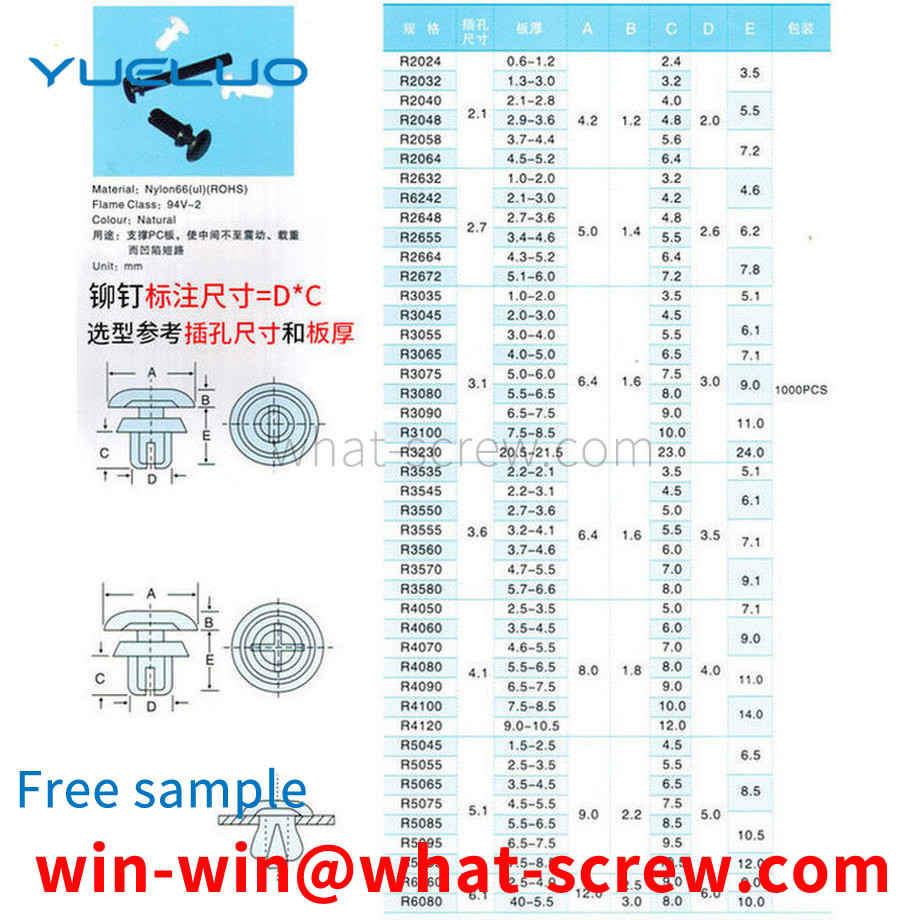
Fasteners are a class of mechanical parts that are used for fastening connections and are widely used. It is used in a wide range of industries, including energy, electronics, electrical appliances, machinery, chemical industry, metallurgy, mold, hydraulic and other industries, in various machinery, equipment, vehicles, ships, railways, bridges, buildings, structures, tools, instruments, chemicals, instruments And supplies, etc., you can see all kinds of fasteners, which are widely used mechanical basic parts. In the fields of listed rails, construction machinery, etc., due to the harsh application environment, the requirements for fasteners are more stringent. If the fasteners are loosened, it may lead to serious consequences, resulting in a large amount of property damage, even serious life cost.
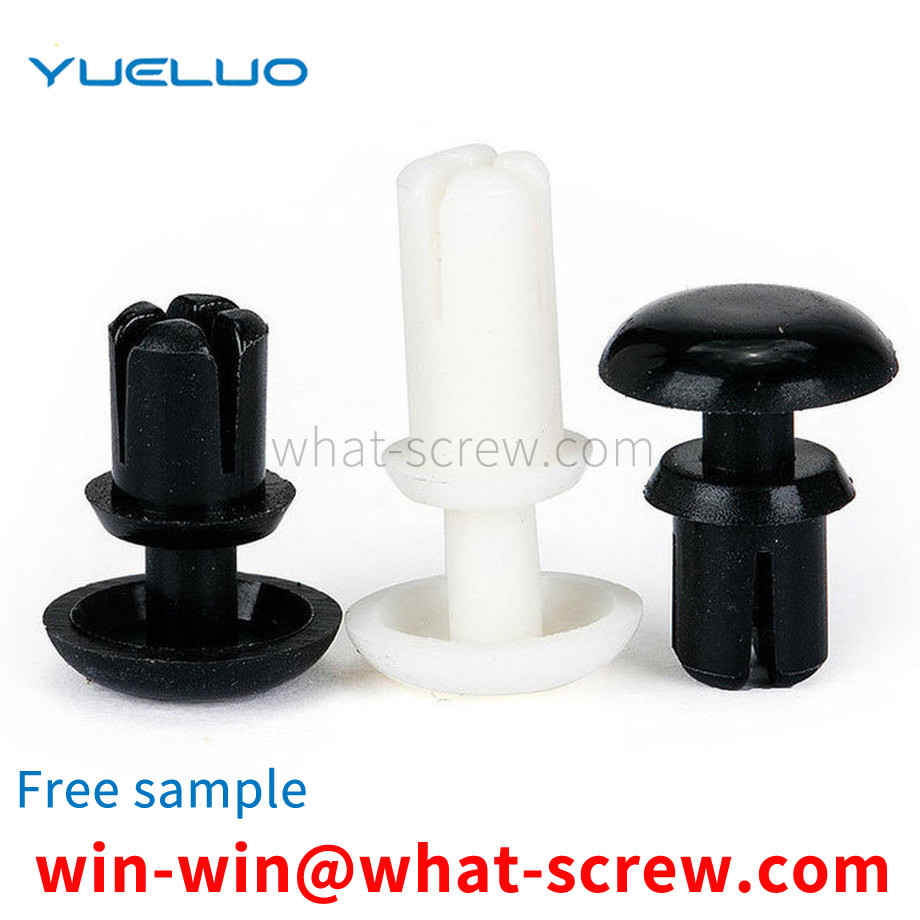
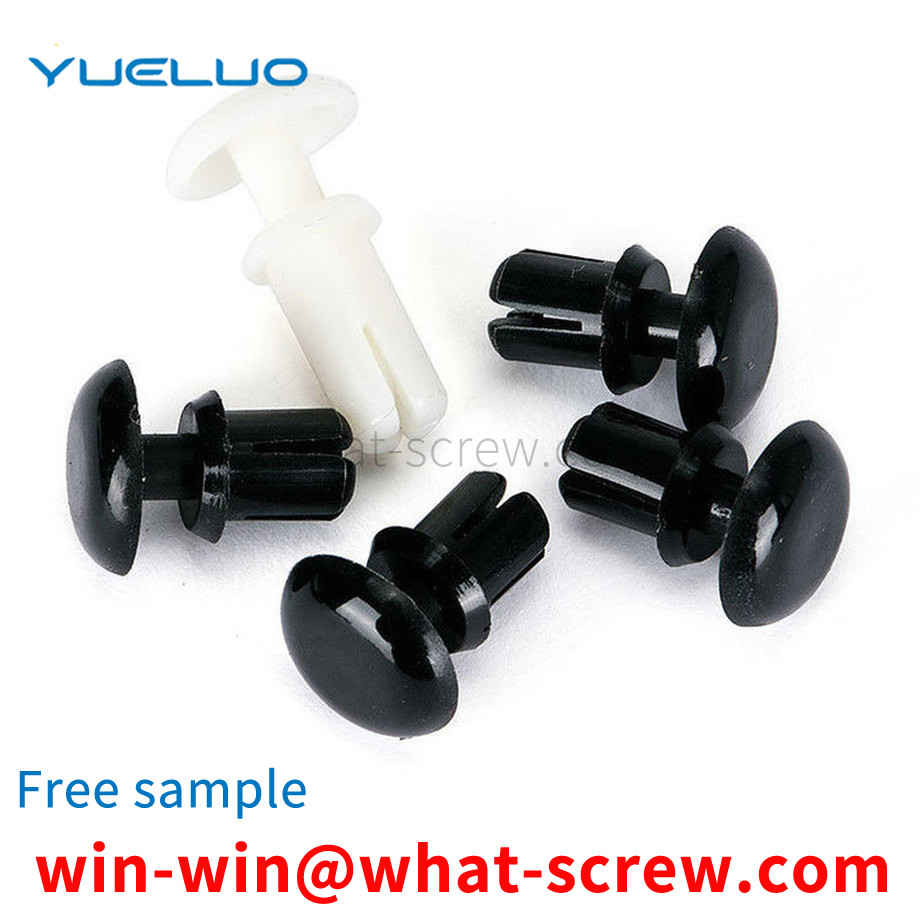
When using screws, if you can understand the mechanical properties of screws first, then you can use screws better. Different types of screws have different mechanical properties, and the different mechanical properties lead to different occasions when screws are used. 1. Self-tapping screws: mechanical performance requirements 1. Heart hardness: standard value HRC28-38. When testing, take the section 1-2 times the diameter of the name from the tail. If the length of the name is too short, it can be embedded first, and then the hardness is measured. 2. Surface hardness: standard MIN HV450. 3. Carburized layer: standard 4#-6#: 0.05-0.18mm, 8#-12#: 0.10-0.23 mm, 14#: 0.13-0.28 mm. The main purpose of carburizing is to enhance the surface hardness and ensure the strength of the teeth. If the decarburization is too deep and the carburization is insufficient, the strength of the teeth will not meet the requirements, that is, the teeth will be damaged during the screw-in test. 4. Torque: standard specification 4#5#6#7#8#10#12#14#A tooth 14212835455696145AB tooth 142128354565102165. 5. Screw-in test: screw the self-tapping screw into a steel plate with a reserved test hole. The self-tapping screw should form a matching thread in the test plate, and the thread of the screw itself will not be deformed or damaged until the end. Tapered threads pass completely through the test plate. The screw-in test is only applicable to AB, B, BP and other types of self-tapping screws. It is stipulated in IFI that the test plate shall be prepared from semi-hard low-carbon cold-rolled steel, and the hardness of the steel plate is 70–85HRB in Rockwell. The standard specification of the steel plate, that is, the thickness, is shown in the table below. The test hole should be punched or drilled, and the tolerance is the specified nominal diameter (see the table below) ± 0.025mm. Specifications 6#7#8#10#12#1/4 Test plate thickness (mm) 1.85-1.953.12-3.234.68-4.84 Aperture (mm) ±0.0252.953.263.454.044.765.50.
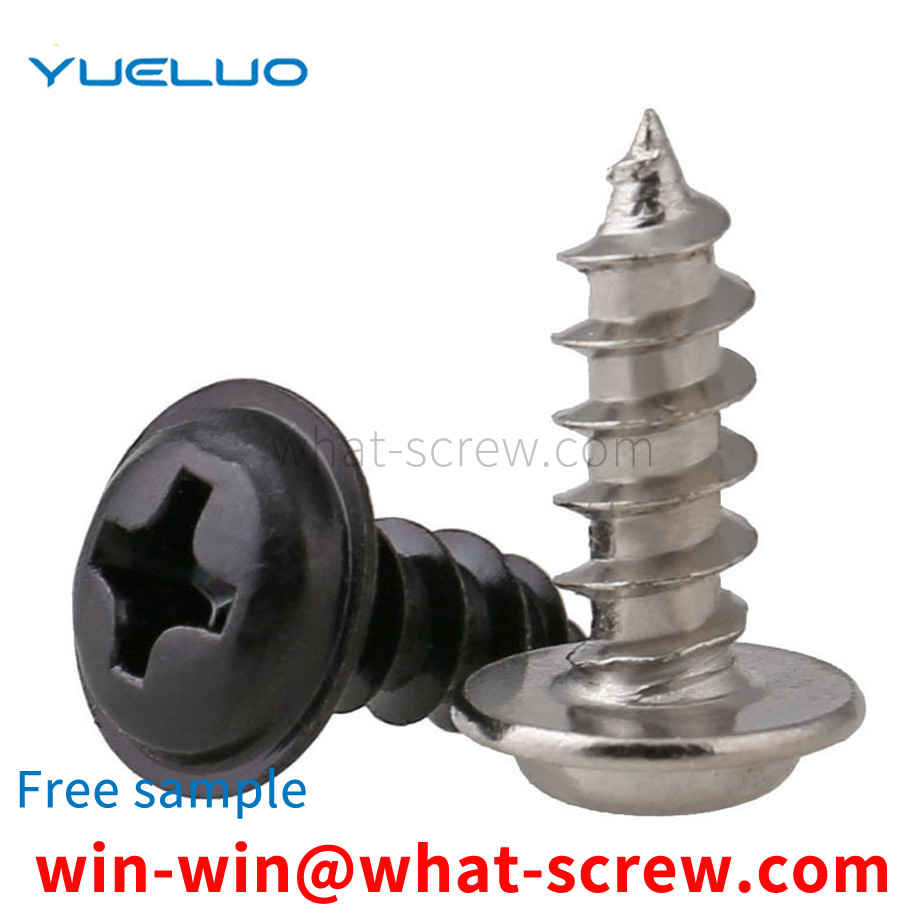
Countersunk head screws are mostly used after installation, and the surface of the parts cannot be raised, and the parts to be fastened have two thicknesses. Thickness, after the screw is tightened, there is still a part of the screw thread that does not enter the threaded hole. In this case, the countersunk head screw can definitely be tightened. There is usually a situation where the thickness of the fastened part is less than the height of the head of the countersunk head screw, which is commonly seen in sheet metal parts in mechanical equipment, such as the connection between the hinge of the chassis and the door and the box; the sheet metal of the equipment The connection of the cover to the equipment, etc. Due to the small thickness of the part, the tightened sheet metal part, the screw through hole completely becomes a conical hole, in this case, when the countersunk head screw is tightened, the screw head is not a tapered surface to press the sheet metal part , but the bottom of the screw head and the top of the threaded hole are squeezed. Although it feels that the screw is tightened, the sheet metal part is stuck instead of being pressed. In this case, although it feels that the screw is tightened, the sheet metal The gold pieces were indeed not tightened. This is a very common situation. Let’s talk about the reasons for the processing: the head cone of the countersunk screw has a 90° conical angle, and the apex angle of the newly bought drill is usually 118°-120°. Some workers who lack training do not know this angle is poor. It is often used to ream the hole with a 120° drill bit, which results in that when the countersunk head screw is tightened, it is not the conical surface of the head, but a line at the bottom of the screw head, which is one of the reasons why the so-called countersunk head screw cannot be tightened. , it's not the screw's fault.
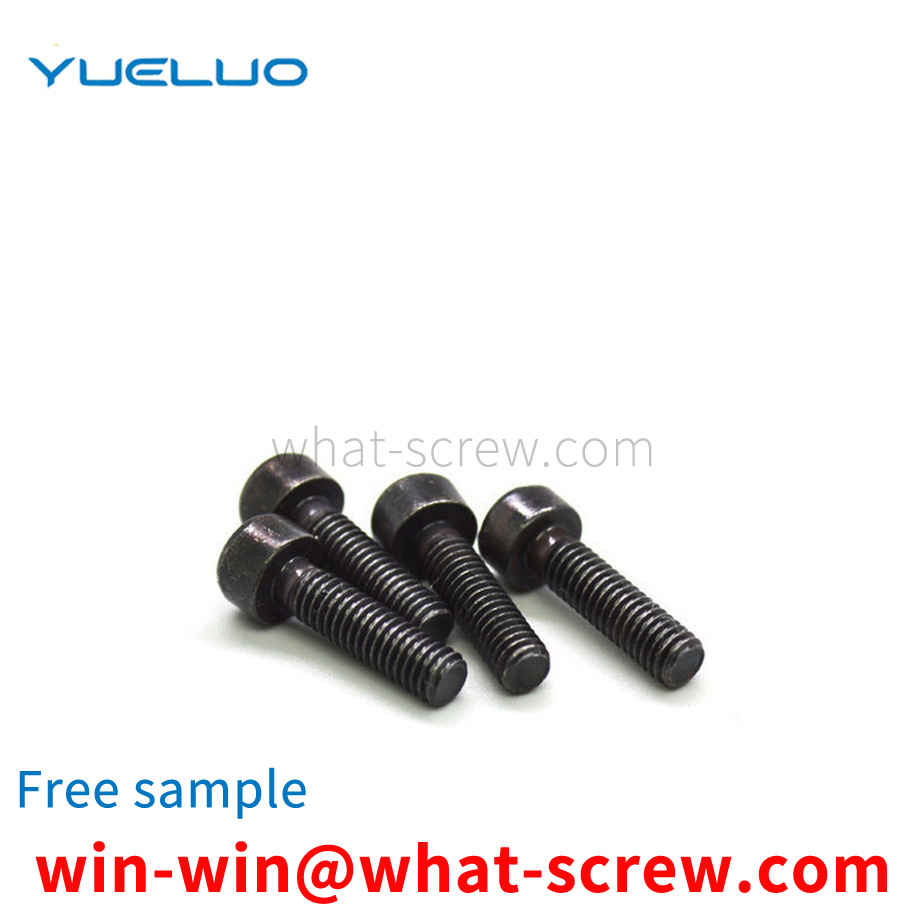
The above content is uploaded by Yueluo or the Internet. If there is any copyright issue, please contact [email protected].

What is the tolerance range of precision screws?

How to choose the right stainless steel screw manufacturer?

Why is there an R angle under the head of the hexagon head s...
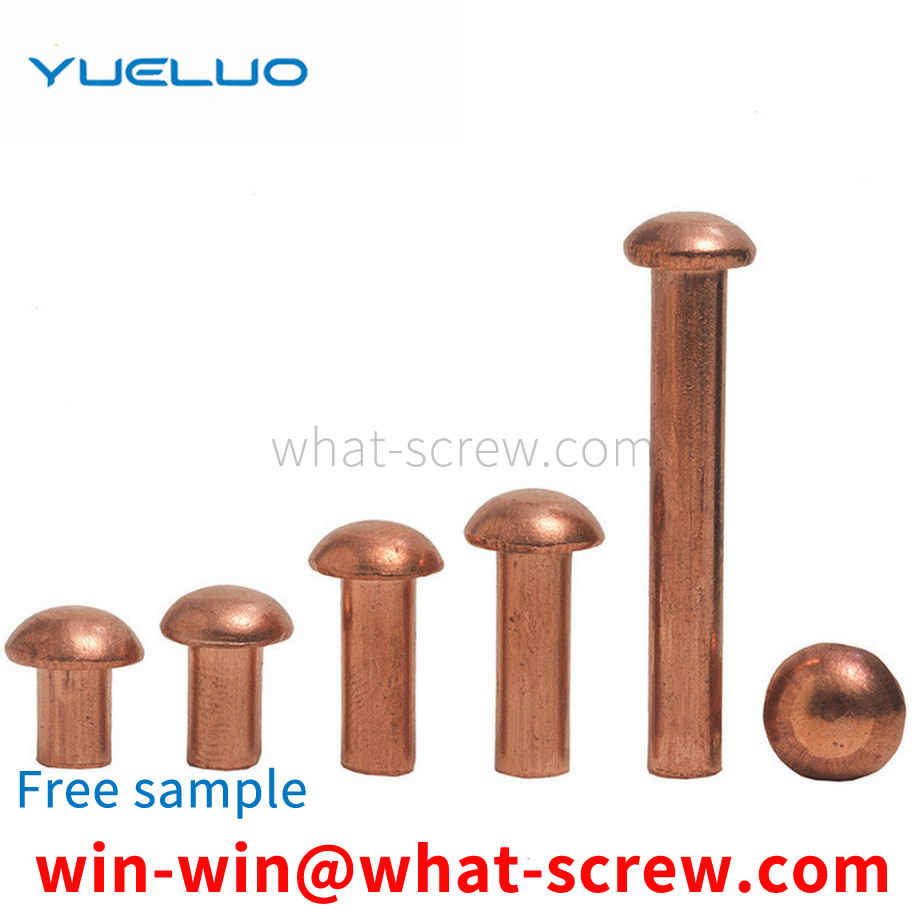
We have more than ten years of experience in the production ...

We have more than ten years of production experience in the ...

We have more than ten years of experience in the production ...
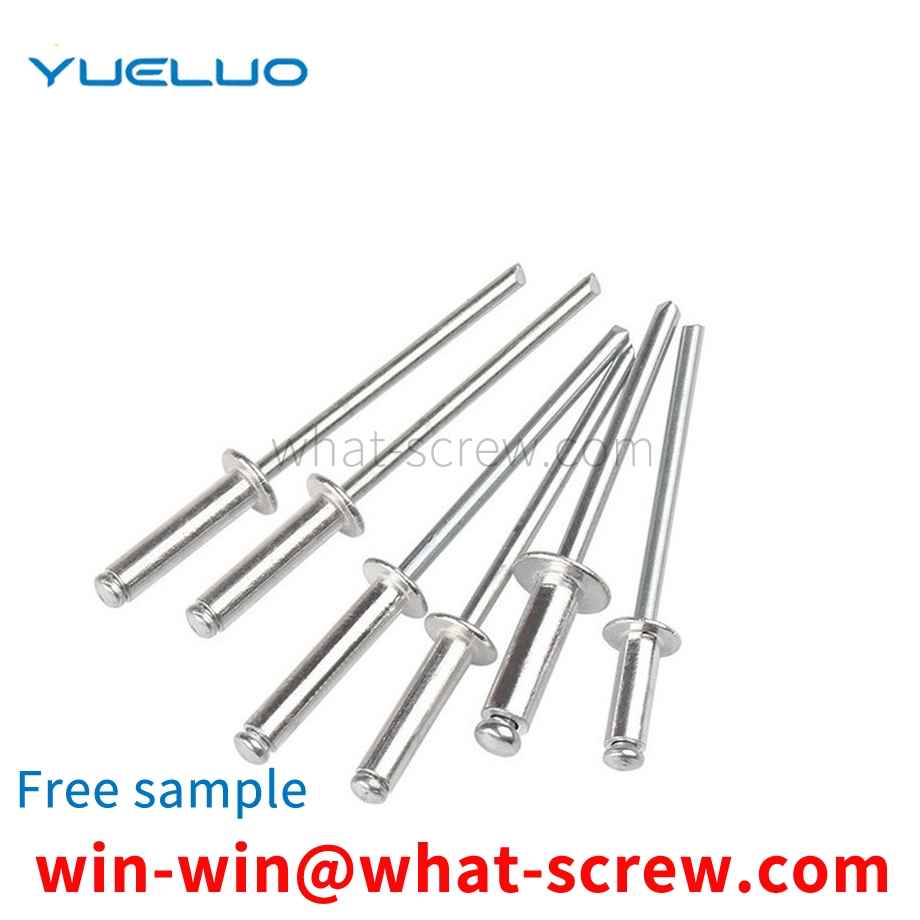
We have more than ten years of experience in screw industry ...